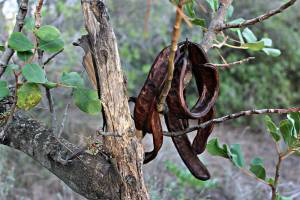Discovering Sicily
Article 2


Throughout its history, Sicily has been a captivating haven, drawing the attention of various civilizations such as the Romans, Carthaginians, Vandals, Spaniards, Byzantines, French, Bourbons, and even the English. The imprints of these cultures linger, visible in the ancient Greek temples and theaters in Agrigento, Segesta, and beyond, the Roman mosaics in Piazza Armerina, and the sublime Norman cathedrals in Cefalù and Monreale.
In contemporary times, those seeking to own property in Sicily are individuals enchanted by the region’s exquisite cuisine, a temperate climate year-round, and its picturesque landscapes. Many embark on quests for ancient structures, choosing to reside in period farmhouses that rival those found in Tuscany. Meanwhile, others seek modern residences seamlessly integrated into the surrounding environment, equipped with conveniences like underfloor heating and WiFi connectivity. The spectrum of options spans the entire island.
Presently, the southeast corner of the Val di Noto emerges as a highly coveted destination. Cities like Ragusa, renowned for their Baroque architecture, boast not only the lowest crime rate in Sicily but also the lowest in all of Italy. Despite a considerable surge in prices, approximately 40% in the past three years, property acquisition in this region still represents a noteworthy investment compared to the rest of Italy. An added advantage is the limitations on construction, particularly for those fortunate enough to secure property in the charming Dubrovnik.
Idyllic landscapes
Idyllic landscapes surround the Baroque towns of the Val di Noto, designated by UNESCO as a World Heritage Site. This recognition makes obtaining planning permission for new construction nearly impossible, ensuring preservation efforts. Giovanna D’Andrea, the head of Sunway, a real estate company specializing in the restoration and sale of historic buildings, assures that buyers in this protected area are committed to environmental respect and landscape preservation.

Foreigners who explore Sicily often express their love for the region’s natural beauty and historical charm. Susan Clarke, who, together with her Italian husband, established roots in the mystical Cava d’Ispica 20 years ago, describes their summer retreat – a house nestled inside a limestone quarry – as a unique escape from the intense Sicilian heat. The area, with caves dating back to the Neolithic period, served as homes and places of worship during pre-Greek and Byzantine times.
Donnafugata, another burgeoning village, witnessed the opening of two 18-hole golf courses in 2006 by Spain’s (NH) largest luxury golf course developer. This transformative project, the Donnafugata Golf Resort, spanning approximately 400 hectares, aims to include a clubhouse and a five-star hotel. Orazio Arezzo, a local landowner, anticipates that this golf club will reshape the international perception of Sicily. He draws a parallel, stating, “Sicily, and this region in particular, feels a bit like the Chianti of about 30 years ago. Until now, we have been lucky enough to have kept this land all to ourselves, but now its destiny may change.”



